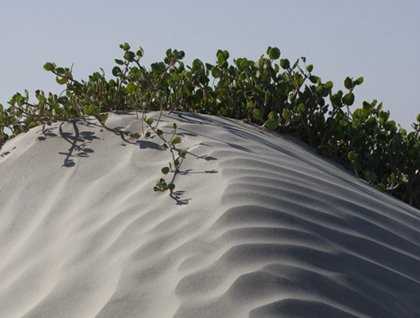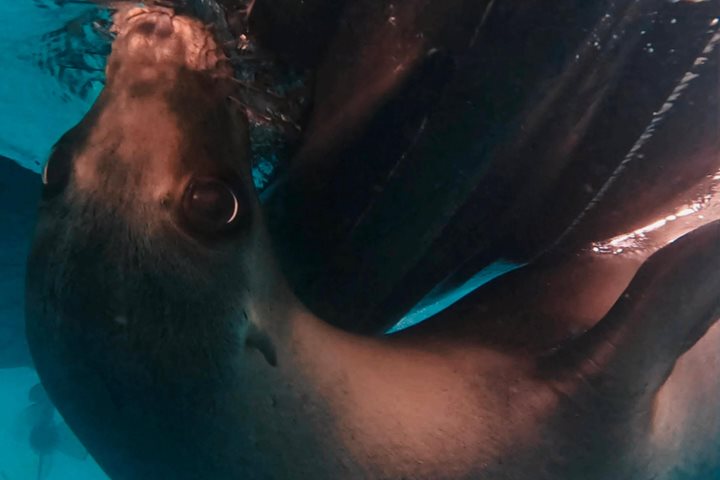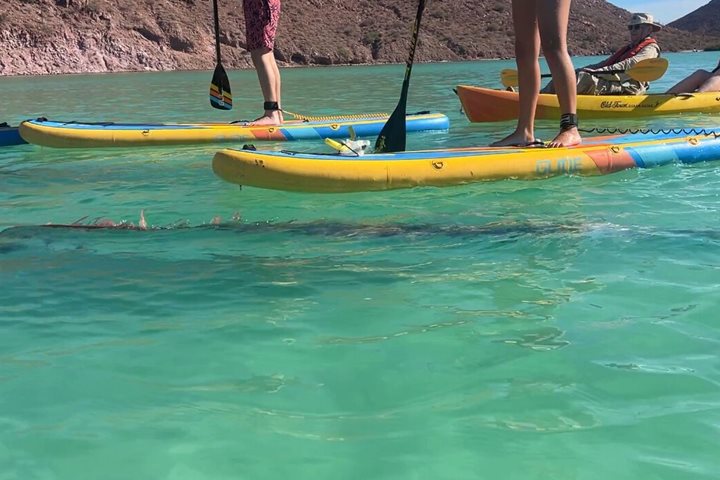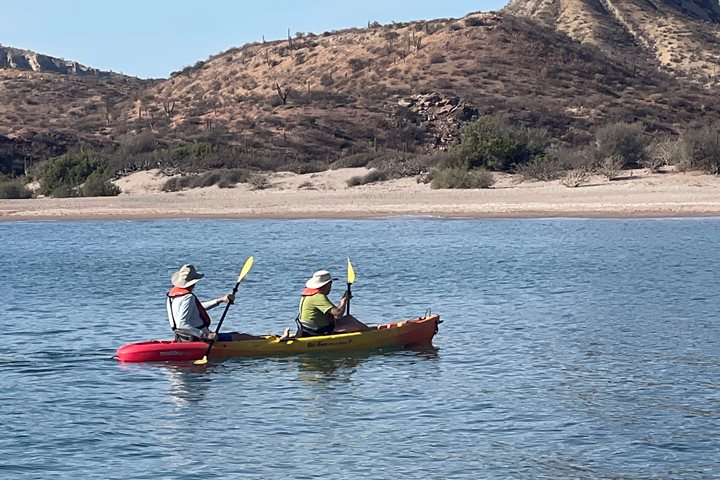As soon as the sunrise popped up this morning we boarded the Zodiacs to perform another day of gray whale watching in the Magdalena Lagoon near Boca de la Soledad. The few whales that still remained in the area—cow and calf pairs—appeared again, but they looked cold and distant to humans and their boats. Such is their behavior. They were playful and interactive to us at other moments, and today they just ignored us, they were elusive. It was because, perhaps, they are ready to go. They must go—the sooner the better. They finished another season of successful reproduction and calving, and we don’t count to stop them. We understood and respect their biological cycle. And in this part of their cycle the calves are big and strong enough to travel, with their moms, the unpredictable Pacific and try to reach the rich waters of the Bering Sea. In this sunny and breezy morning, after two rounds of being around these beautiful and noble creatures for the last time, we said bye-bye and returned to the ship. Along the Magdalena Island there where frigate birds, cormorants, pelicans, egrets, ibises, and still great blue herons that posed for us and for our cameras.
Once aboard, National Geographic Sea Bird slowly sailed south in the Canal de la Magdalena and left the gray giants behind. Our guests and naturalists were meditative. All of us knew that something inside us changed after sharing a lot of moments of joy and excitement with the bajacalifornian whales and the wildlife that share the lagoon with them.
During the southbound navigation, Sven-Olof Lindblad led an informal discussion with guests and staff at the ship’s lounge. We talked about our perception of the most important threats for the biological diversity in the world ocean, and all of us had the opportunity to propose innovative and creative solutions. Later, we anchored in the southern bay close to San Carlos port and hiked on the beautiful sand dunes that form a moon-like landscape in Magdalena Island. Most of us reached the Pacific side called Sand Dollar Beach at Bahia Santa Maria. Thousands of shells of varied forms and sizes filled the long and solitary beach. Sand dollars were of particular interest and provoked an enthusiastic and funny analysis among our natural history staff.
Our field exploits came to an end, and we returned to the National Geographic Sea Bird full of enlightening experiences that, for sure, will make our lives a little bit happier.







